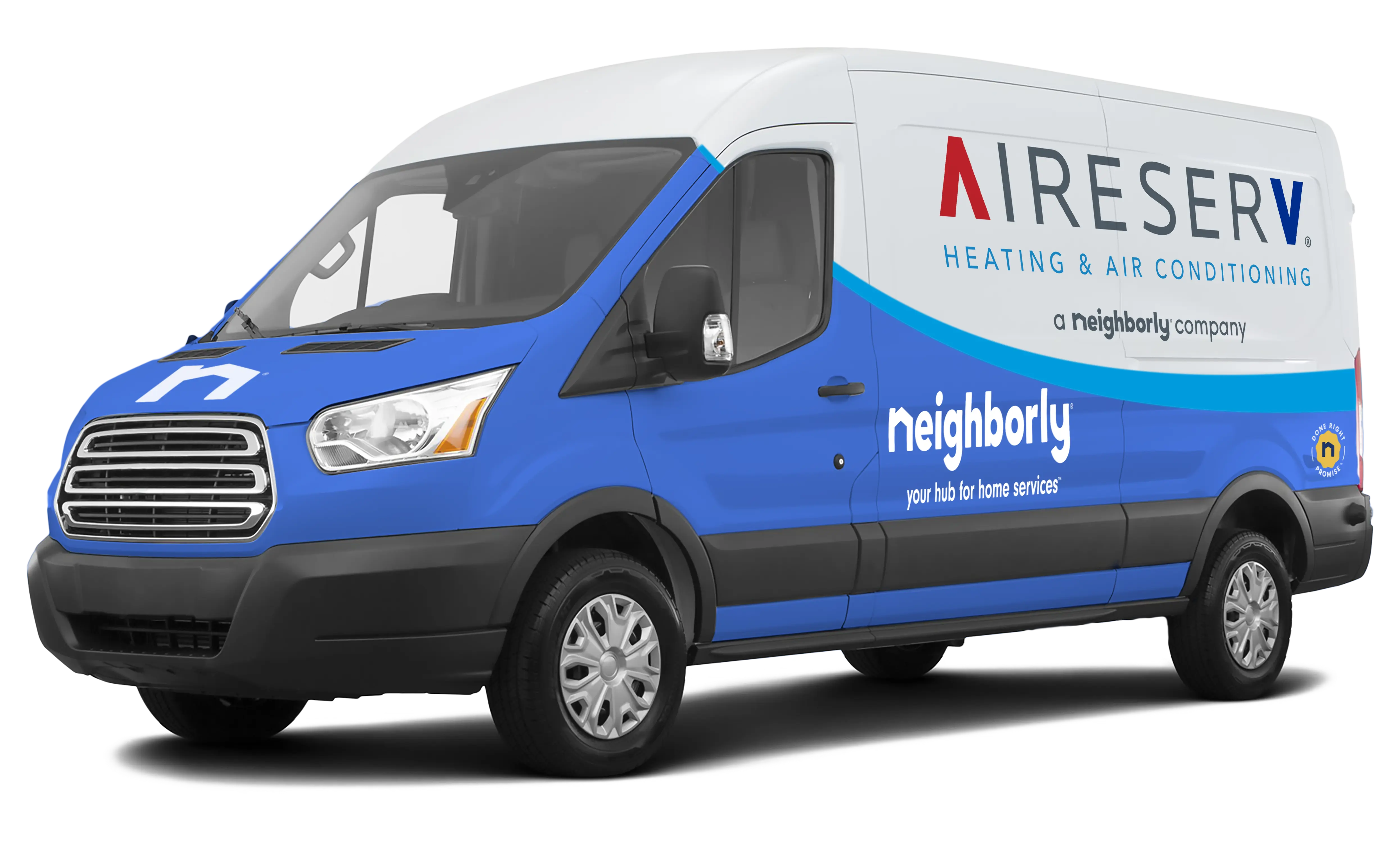Summer in Northeast Ohio brings long, hot days with high humidity. While your air conditioning system is designed to keep your home comfortable, inefficient use can lead to higher energy bills, unnecessary system strain, and reduced comfort. Fortunately, there are several strategies homeowners can implement to maintain a cool home efficiently. This guide will walk through practical steps that combine HVAC maintenance, smart usage habits, and home adjustments to reduce energy consumption while keeping your indoor environment comfortable.
1. Keep Your HVAC System Maintained
An efficient AC starts with a well-maintained system. Neglecting maintenance increases energy consumption and decreases comfort. Key maintenance tips include:
- Clean or replace air filters every 30–90 days to ensure proper airflow and prevent strain on the system.
- Schedule annual professional tune-ups to inspect coils, refrigerant levels, electrical components, and thermostat operation.
- Inspect ductwork for leaks, blockages, or poor insulation, which can reduce cooling efficiency.
Proper maintenance ensures your system runs at peak efficiency, cooling your home without wasting energy.
2. Optimize Thermostat Settings
Thermostat management is one of the simplest ways to reduce energy costs while staying comfortable:
- Set a moderate temperature, typically around 74–78°F during the day.
- Use programmable or smart thermostats to reduce cooling when no one is home.
- Avoid constant large temperature swings; sudden changes force the system to work harder.
Small adjustments to thermostat settings can have a significant impact on your energy bills without compromising comfort.
3. Use Fans to Enhance Airflow
Fans can make a room feel cooler without lowering the thermostat:
- Ceiling fans should rotate counterclockwise in summer to push cool air down.
- Portable fans can be used in occupied rooms, allowing you to raise the thermostat a few degrees.
- Only operate fans when rooms are in use; running fans in empty spaces wastes energy.
By combining fans with your AC, you can maintain comfort while reducing system strain and energy use.
4. Block Heat Gain from Sunlight
Sunlight entering through windows increases indoor temperatures and forces your AC to work harder. Consider these strategies:
- Close blinds or curtains on south- and west-facing windows during peak sunlight hours.
- Use reflective or insulated window coverings to reduce heat transfer.
- Plant trees or install shades outside windows for long-term passive cooling benefits.
Reducing solar heat gain keeps your home cooler and decreases energy consumption.
5. Minimize Heat from Appliances
Every appliance adds heat to your home, increasing the cooling load:
- Cook outdoors when possible, or use a microwave instead of an oven.
- Avoid running dryers or dishwashers during the hottest part of the day.
- Turn off unnecessary electronics and lights that produce heat.
By being mindful of heat-generating appliances, you reduce the workload on your HVAC system.
6. Maintain Proper Humidity Levels
High humidity makes your home feel warmer, even if the temperature is controlled. Managing humidity improves comfort and reduces AC usage:
- Aim for indoor humidity levels between 40–50%.
- Use your AC’s built-in dehumidifying function, or consider a standalone dehumidifier.
- Ensure vents are unobstructed for proper air circulation and moisture removal.
Lower humidity not only feels cooler but also helps prevent mold growth and damage to furniture and flooring.
7. Ensure Proper Insulation and Sealing
Inefficient insulation allows cool air to escape and warm air to enter:
- Seal gaps and cracks around doors, windows, and vents with weatherstripping or caulk.
- Check attic and crawl space insulation to ensure adequate coverage.
- Close unused rooms to prevent wasting conditioned air in empty spaces.
Good insulation helps your AC maintain a consistent temperature without overworking.
8. Consider Upgrading Older Systems
If your AC is more than 10–15 years old, consider evaluating an upgrade:
- Modern systems are significantly more energy-efficient than older units.
- Newer models often have variable-speed compressors and smart thermostats for better control.
- Investing in a high-efficiency system can save hundreds on energy bills annually.
Even if your current system is functional, an upgrade may pay for itself over time through energy savings.
Final Thoughts
Keeping your Northeast Ohio home cool doesn’t have to mean skyrocketing energy bills. By combining regular maintenance, smart thermostat use, strategic fans, window management, humidity control, and proper insulation, homeowners can enjoy comfort efficiently.
With a proactive approach, you’ll maintain a pleasant indoor environment, extend the life of your HVAC system, and keep energy costs under control—even during the hottest summer days.

